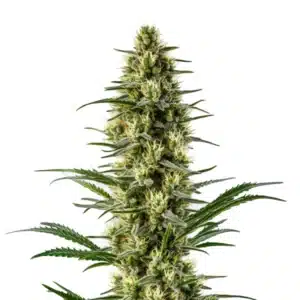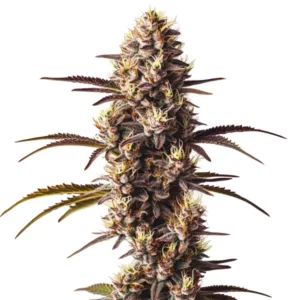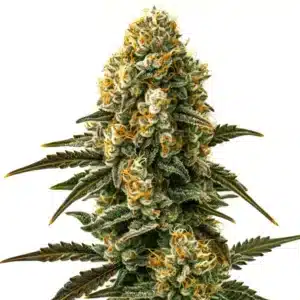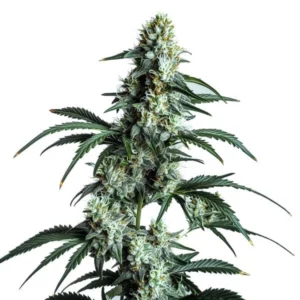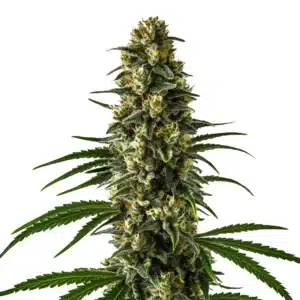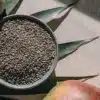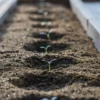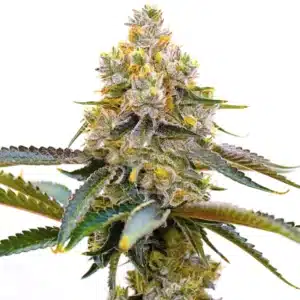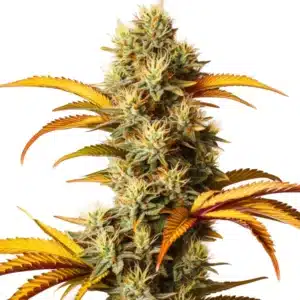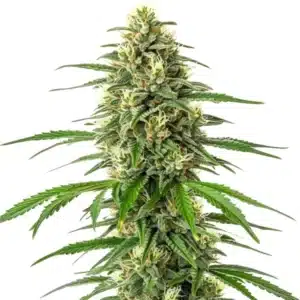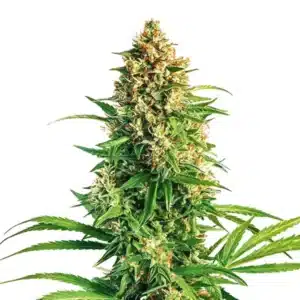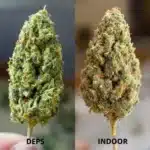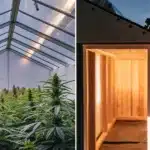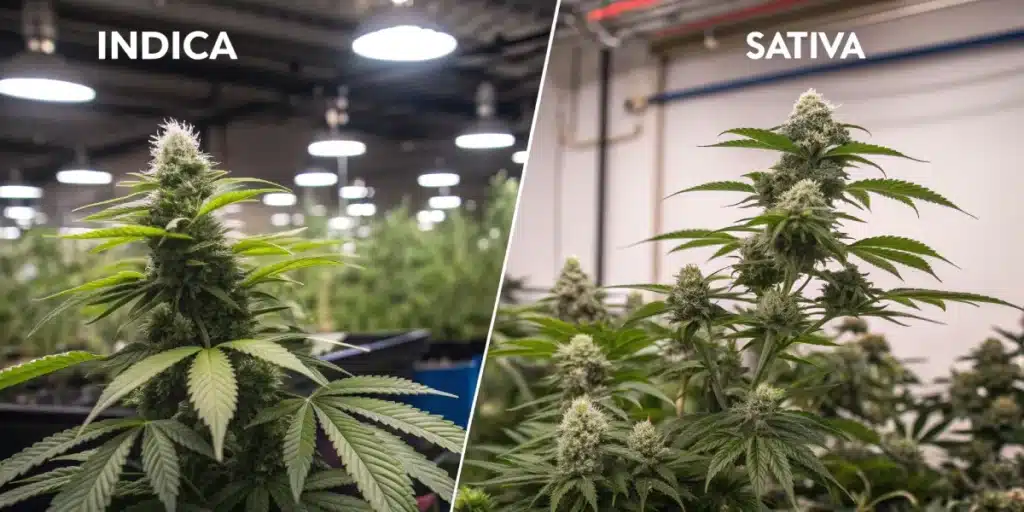
How Long Is the Flowering Stage Indoors? Timelines Explained
When it comes to indoor cannabis cultivation, understanding the flowering stage is essential. Growers often ponder how long is the flowering stage indoors, as this phase significantly influences the yield and quality of the final product. This isn’t just about patience; for many, it’s a practical question of cost, as every extra day of flowering means more money spent on electricity for lights and equipment. The flowering stage is where the magic happens, your plants transition from vegetative growth into the budding beauties that enthusiasts cherish.
Comparing Strains
One of the most fascinating aspects of cannabis cultivation is the variety of strains available. When asking how long is the flowering stage indoors, it’s crucial to remember that the two primary types of cannabis—Indica and Sativa—exhibit different growth patterns and timelines.
Recommended Strains
Agent Orange
|
|
THC | 21% - 22% (Medium) |
|
|
Type | Feminized |
|
|
Yield | High |
|
|
Phenotype | 25% Indica / 75% Sativa |
London Pound Cake
|
|
THC | 20% - 25% (Medium) |
|
|
Type | Feminized |
|
|
Yield | Medium |
|
|
Phenotype | 70% Indica / 30% Sativa |
Indica vs. Sativa Flowering
Indica strains typically have a shorter flowering stage, ranging from 8 to 10 weeks. This makes them a popular choice for indoor growers seeking a faster turnaround. Indicas generally produce dense, compact buds and are valued for their relaxing effects. They also tend to ‘stretch’ (grow taller) less once flowering begins.
On the flip side, Sativa strains require more patience. Their flowering period usually extends from 10 to 14 weeks or more. Sativas often continue to grow at a good pace well into the flowering stage, which is a key consideration for indoor growers with limited vertical space. The reward often includes higher yields and uplifting cerebral effects. Hybrids, as expected, land somewhere in the middle.
Promos & Deals
Environmental Impact
Your grow room setup directly affects how long is the flowering stage indoors. Environmental factors like temperature, humidity, and light not only influence flowering duration but also determine the quality of your final yield.
Temperature and Light Factors
Temperature is a critical component. The ideal daytime range is 65°F to 80°F (18°C to 27°C). That said, some growers find that keeping temperatures and humidity on the higher end of the optimal range can sometimes accelerate maturation and bring the harvest forward by a few days, though this requires careful monitoring.
Lighting is another key element. The standard indoor practice is a 12/12 light cycle. It’s not just duration, light spectrum also matters. During the flowering stage, plants respond best to warmer red and orange light tones.
Humidity levels during flowering should remain between 40–50%. Anything higher can lead to mold and bud rot. To manage this, it is crucial that plants in the flowering stage receive more ventilation and powerful air extraction than in the vegetative phase to combat the high humidity generated by dense foliage and buds.
Timeline Overview
Knowing the timeline of the flowering stage is essential. Most photoperiod cannabis strains take between 8 to 14 weeks to complete flowering. During the first 2–3 weeks, you’ll see a burst of growth. As weeks pass, buds swell and develop more trichomes. In the final 2 weeks, you should monitor trichome color closely.
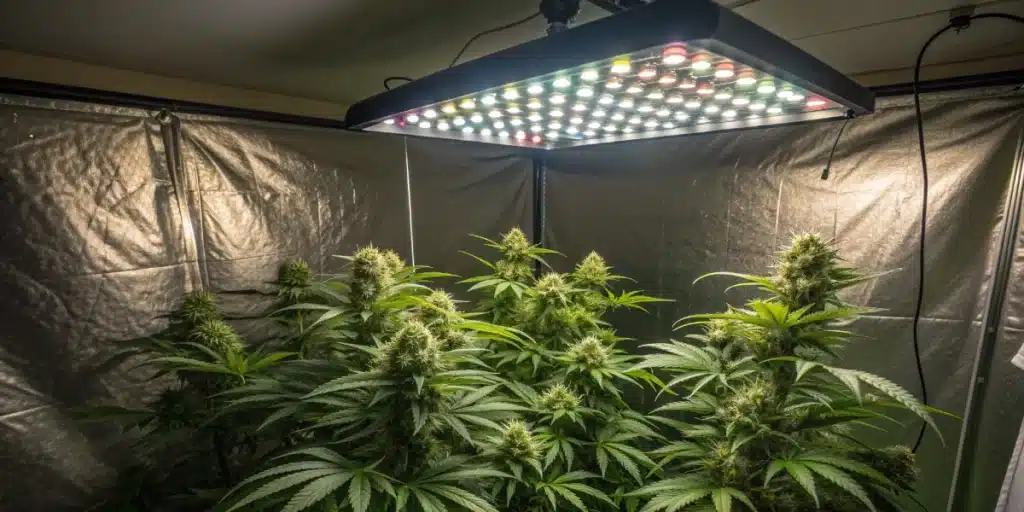
Signs That the Flowering Stage Is Ending Indoors
Timing the harvest correctly is crucial. Harvesting too early can result in weak buds, while waiting too long may degrade cannabinoids.
Trichome Color and Bud Density
Trichomes are the best visual cue. Use a jeweler’s loupe to examine them. Clear means immature; milky signals full cannabinoid content; amber offers a heavier effect. Just be careful not to wait too long. If the trichomes lose their shine and become dark and fully opaque, they are past their optimal harvest point, and potency will have significantly degraded.
As flowering ends, buds also become denser. This is the point to begin your flush, a 7–14 day period where you stop feeding nutrients.

Pistil Changes and Aroma Development
Pistils are another indicator. Early in flowering, they’re bright white. As maturity sets in, they darken and curl inward. When 70–80% of pistils have darkened, your plant is likely nearing peak maturity. The aroma will also become significantly more intense.
How Long Is the Flowering Stage Indoors for Autoflowers?
Autoflowering strains don’t rely on light cycle changes to trigger bloom, they flower based on age.
Autoflower Timelines and Characteristics
Autoflowers go from seed to harvest in 8 to 12 weeks total, with the flowering phase lasting roughly 3 to 6 weeks. This speed comes from their Ruderalis genetics. Autoflowers grow and flower simultaneously, so managing each week carefully is crucial. Most growers use 18/6 or even 20/4 lighting schedules to maximize growth.
Harvesting Autoflowers: A Special Case
Determining the perfect harvest time for autoflowers can be trickier than for photoperiods. It is very common for autoflowers to continue producing new white pistils late into their life, even when the buds are actually mature. For this reason, relying on pistil color can be misleading. The most reliable method for harvesting autos is to ignore the pistils and focus exclusively on the color of the trichomes.
FAQS
How can I tell if my plants are in the flowering stage?
You’ll notice the appearance of buds and a change in the plant’s overall structure. The leaves will also appear different as the plant redirects its energy to bud production.
What can I do to speed up the flowering stage indoors?
Ensure that your plants are in optimal environmental conditions, including proper light cycles, temperature, and humidity levels. Additionally, certain nutrients can encourage faster blooming.
Is it normal for some buds to mature faster than others?
Yes, it’s common for different buds on the same plant to mature at varying rates. This can be influenced by their location on the plant and environmental factors.


